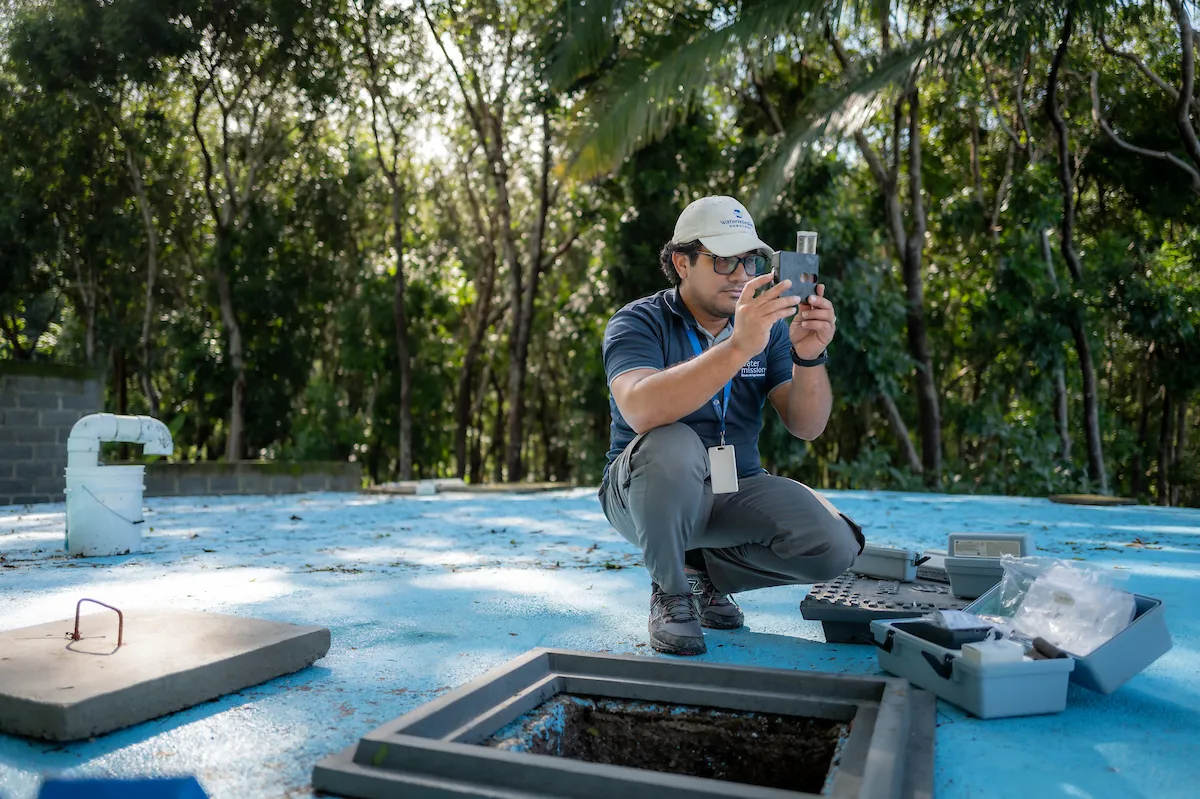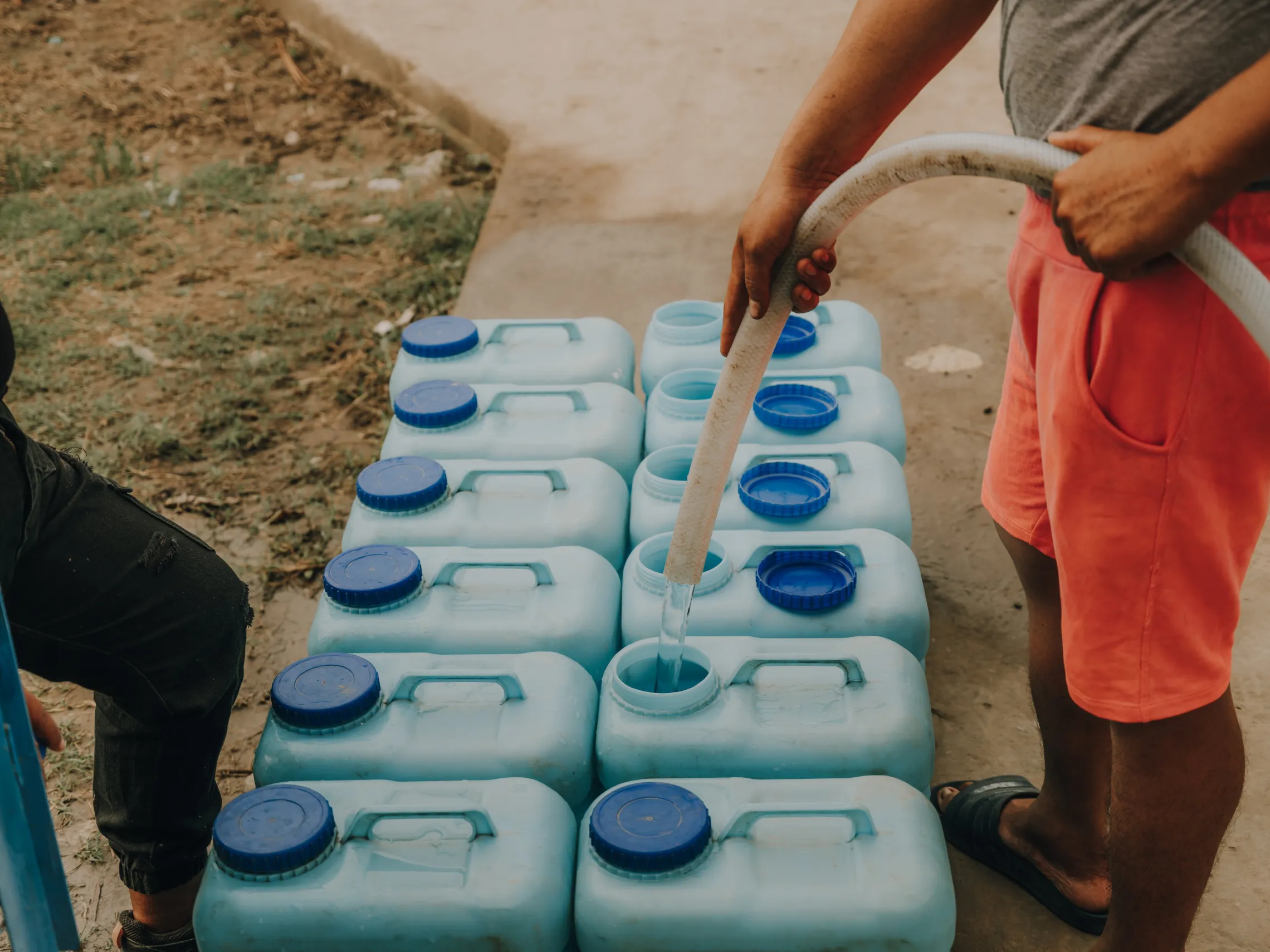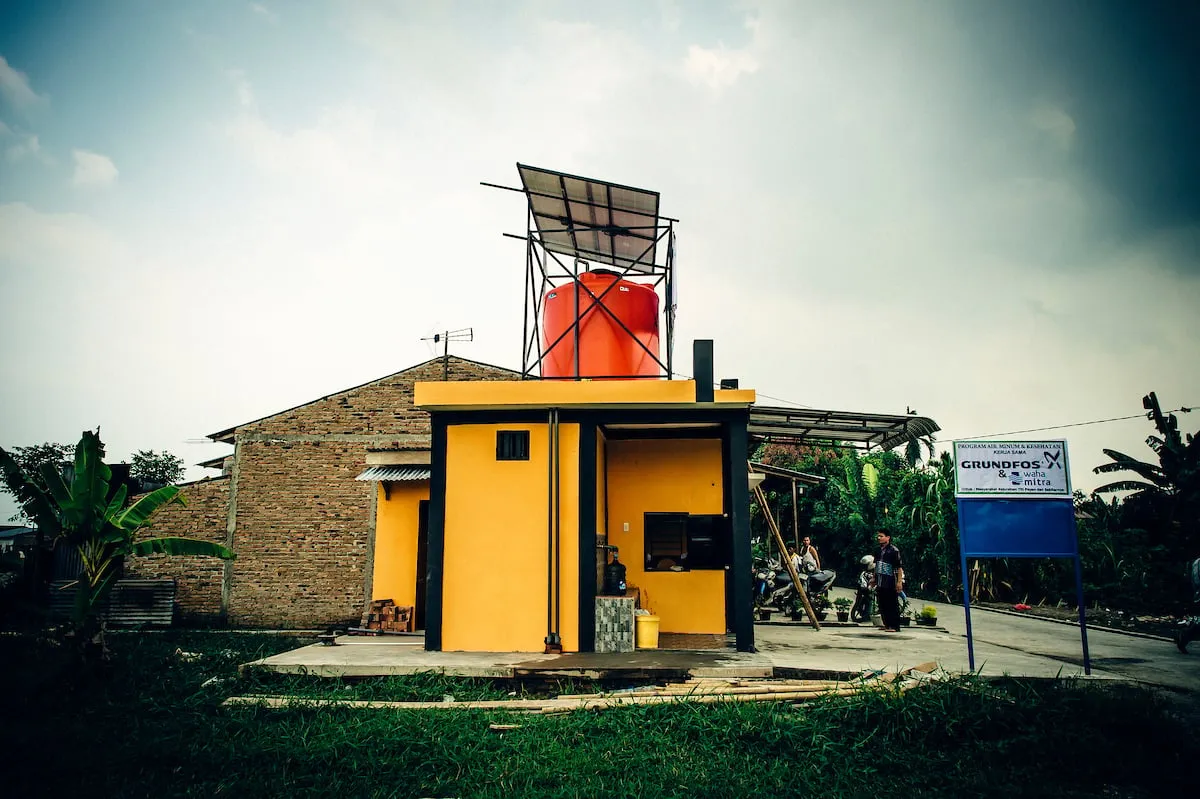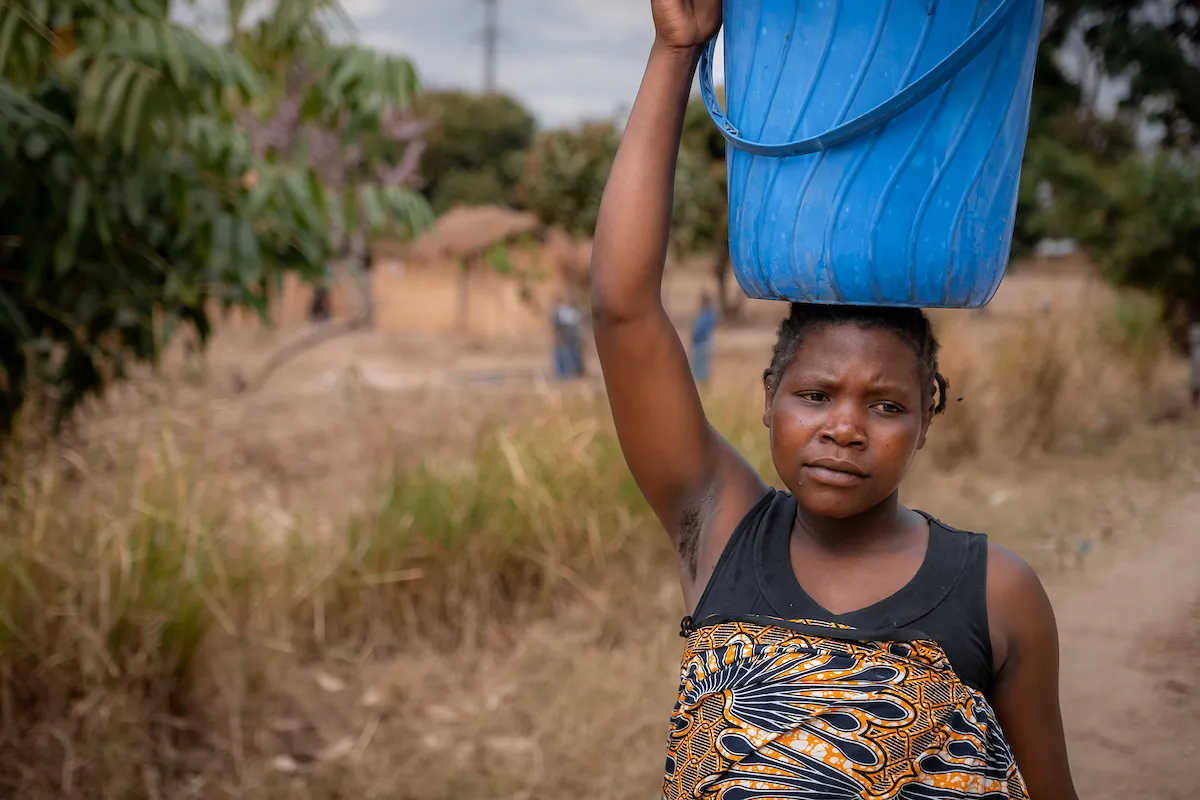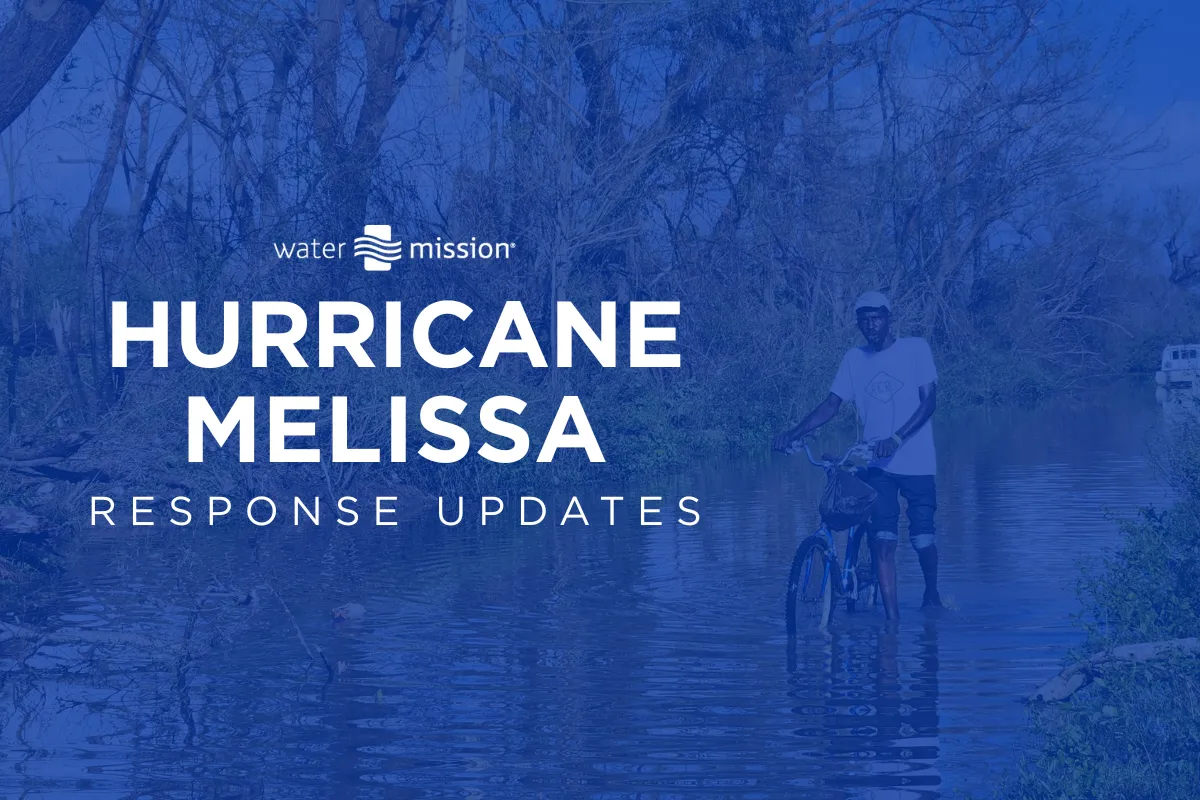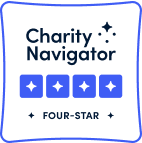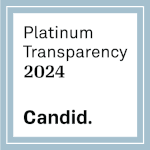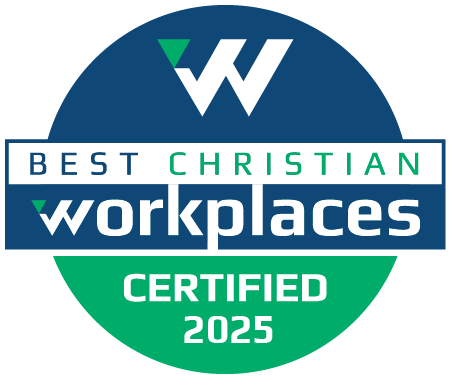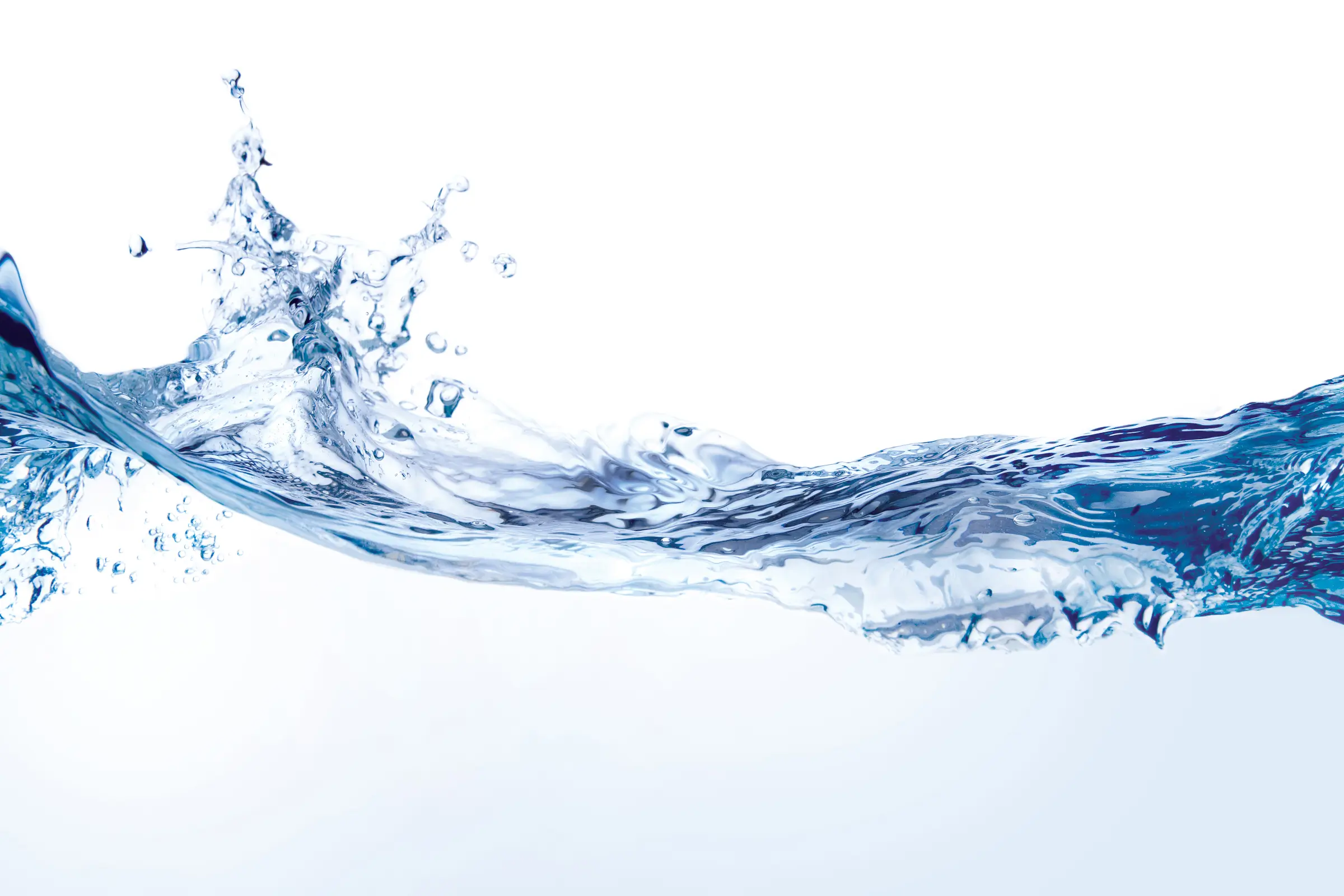Program Approach
At its core, Water Mission is an engineering organization that builds custom solutions for each community we serve.
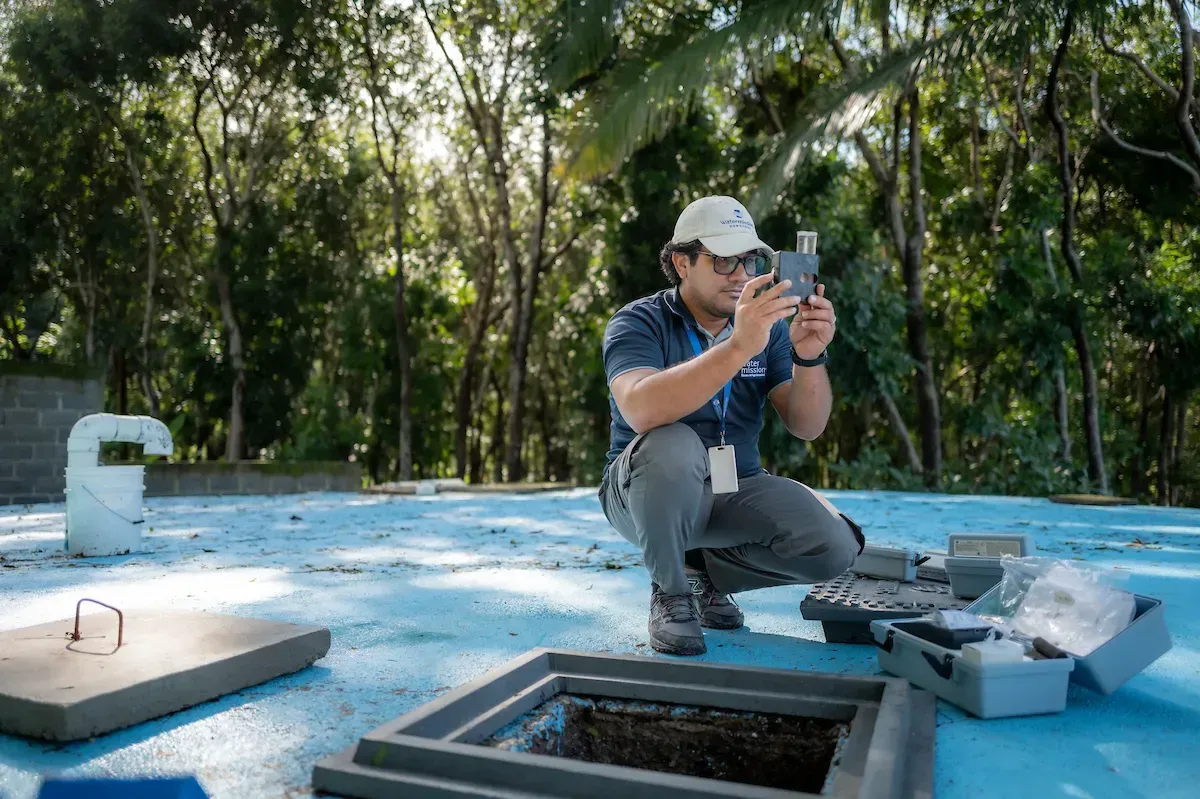
We Get Safe Water Flowing
It starts with assessment and planning. Our in-country team visits a community and gets to know leaders and other residents. We assess its needs, water source and quality, and more. Once we are informed and the community is mobilized, our engineers then design design a solution customized to the unique context, raising the industry standard for providing safe water in remote, last-mile communities.
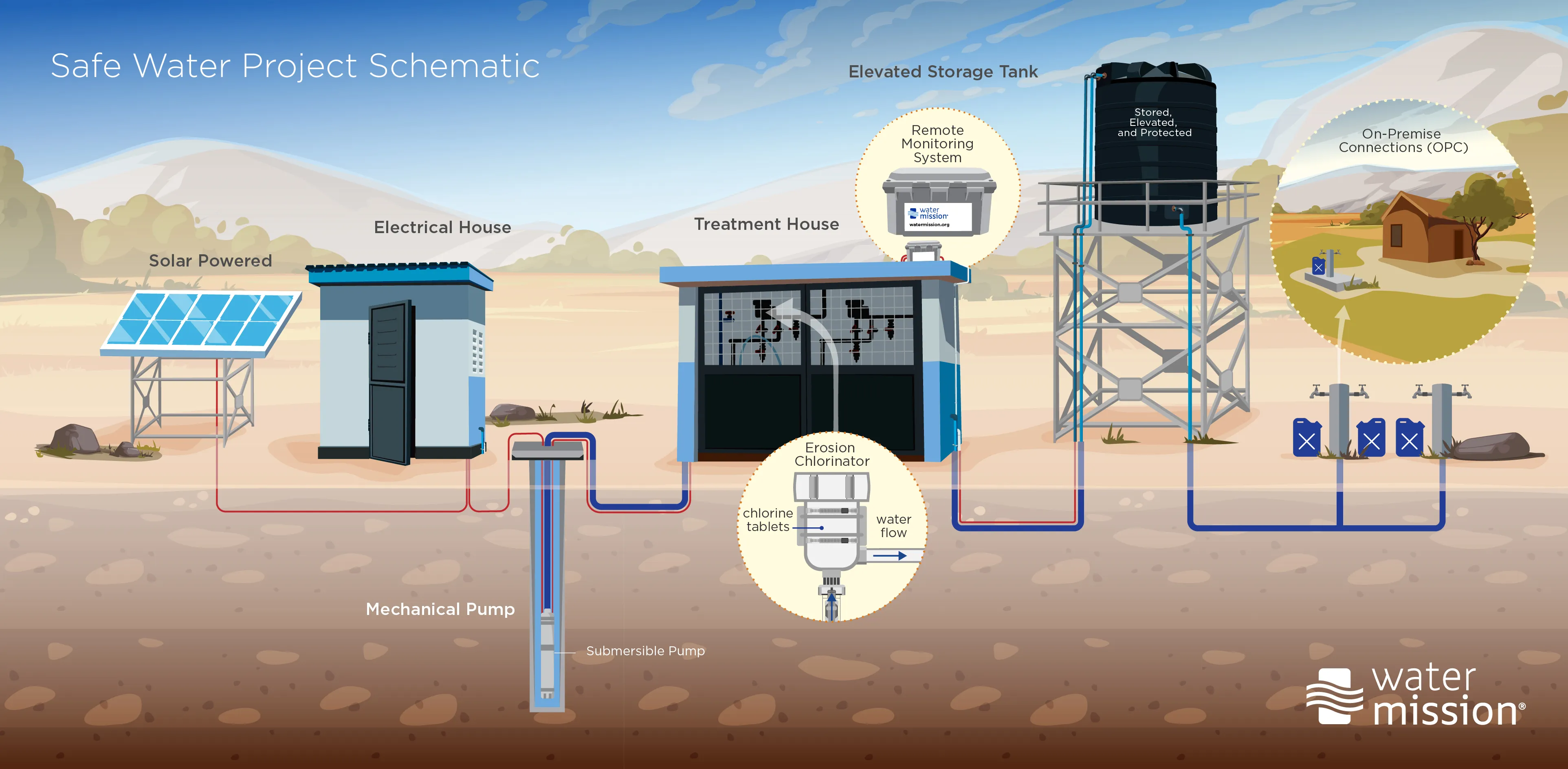
Water Mission designs, builds, and implements safe water solutions using innovative technology and tailored water treatment methods.
And Keep it Flowing
Safe water implementation is only the beginning of our work. Water Mission also combines community engagement, expert engineering, and professional service models to ensure reliable, long-term access to safe water.
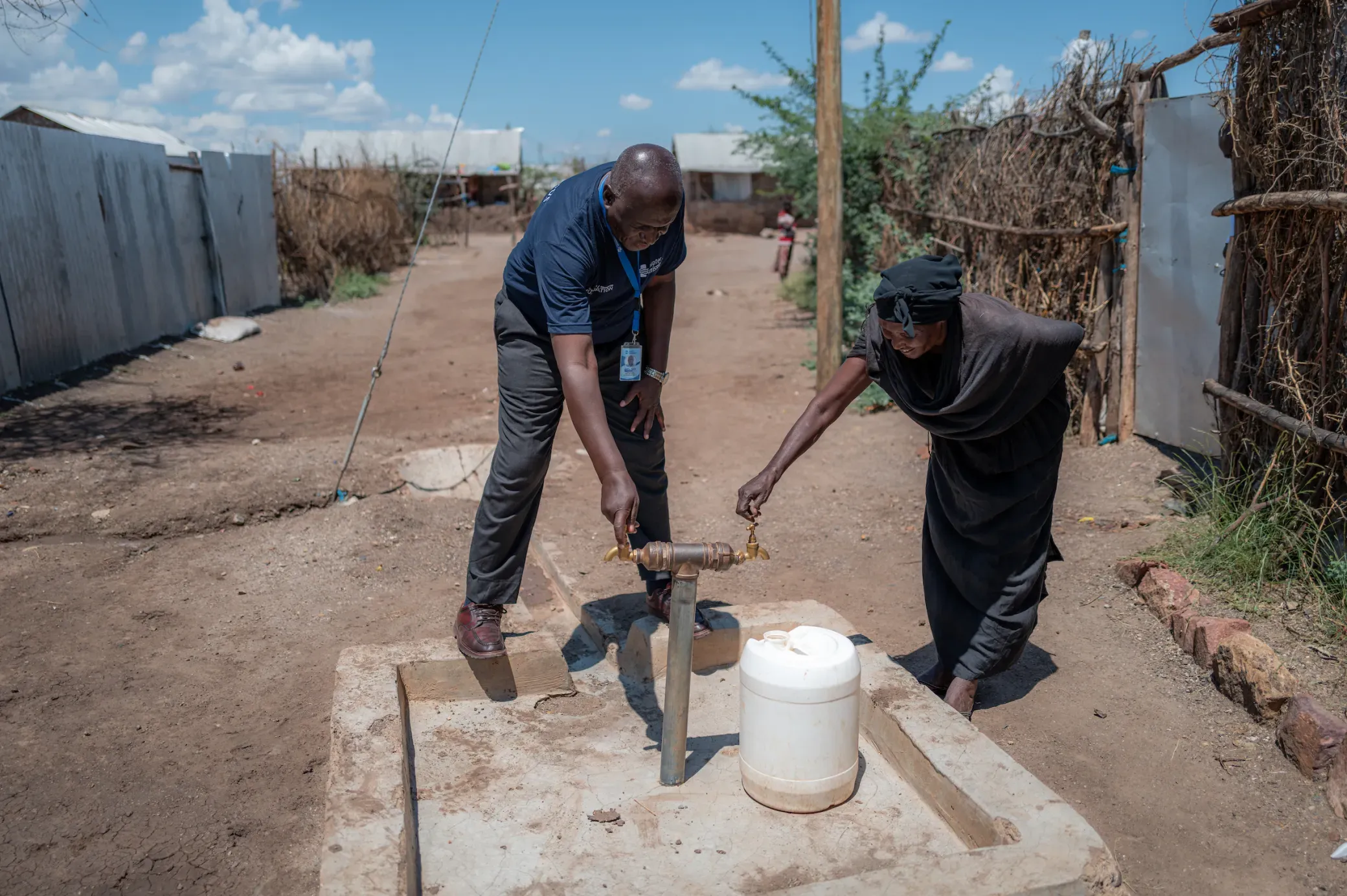
Community-Managed Operation and Maintenance
The Community-Managed Plus program empowers communities to take an active role in the design, construction, and ongoing management of safe water systems. Water Mission facilitates community engagement and mobilization, invests in educating and equipping local leaders, and sets up a Safe Water Committee (SWC) to operate and manage the solution. Under our Community-Managed model, Water Mission actively monitors SWC governance, project finances, and water system operations and performance, including water quality. Our structured period of follow-up and support lasts one to three years after commissioning a project. After this, Water Mission transfers the project to the community and provides support on an as-needed basis.
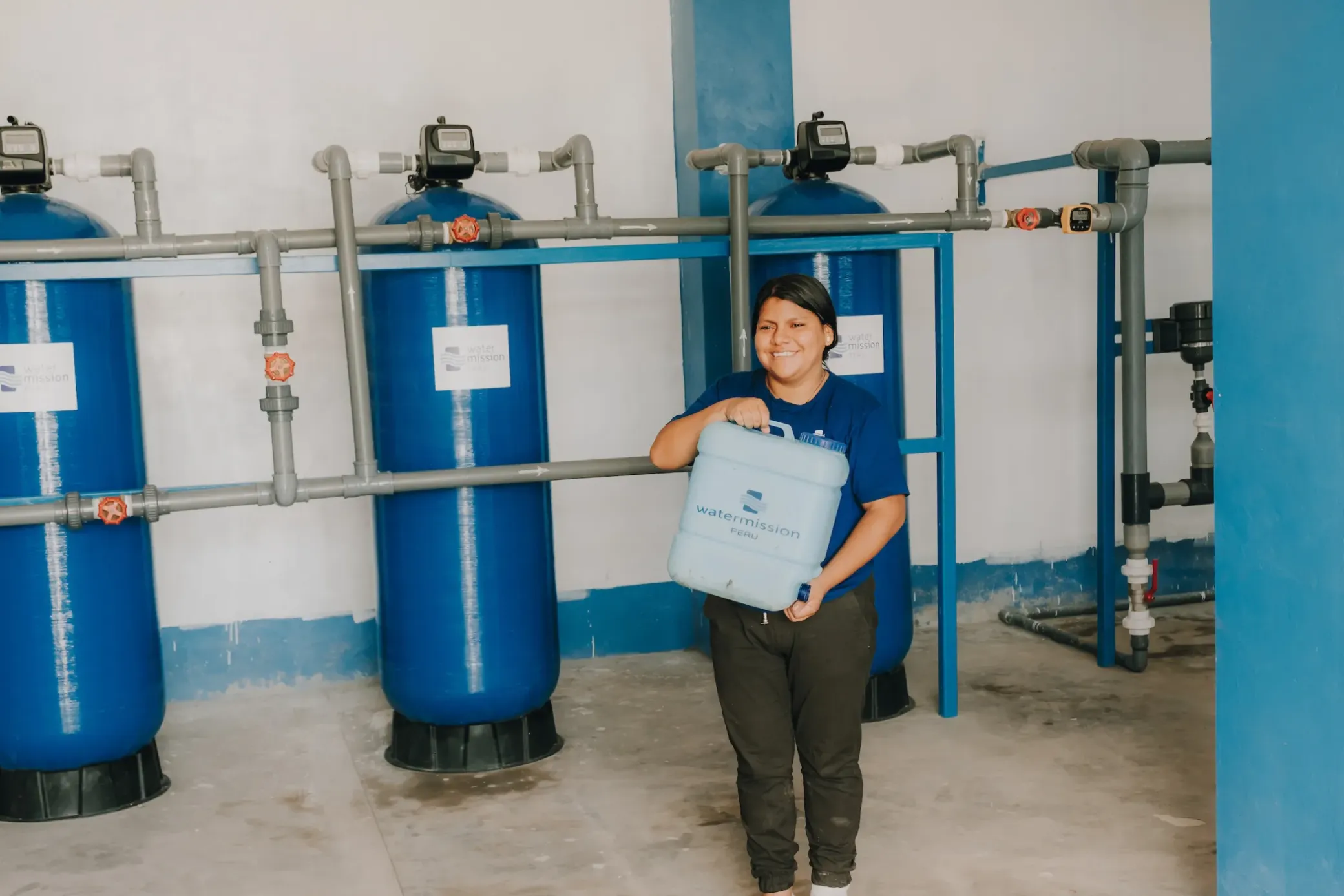
Professionalized Services
As safe water solutions increase in complexity, long-term project management can require more advanced technical assistance and oversight from us. Professionalizing the service delivery aspect of our work allows us to provide operation and maintenance support for our projects with greater efficiency and scale while reducing the burden on communities. We can deliver a more reliable water supply that meets customers’ long-term needs. Both the Rural Water Cooperative (RWC) and the Water Service Provider (WSP) model are types of professionalized services that help us achieve those goals.
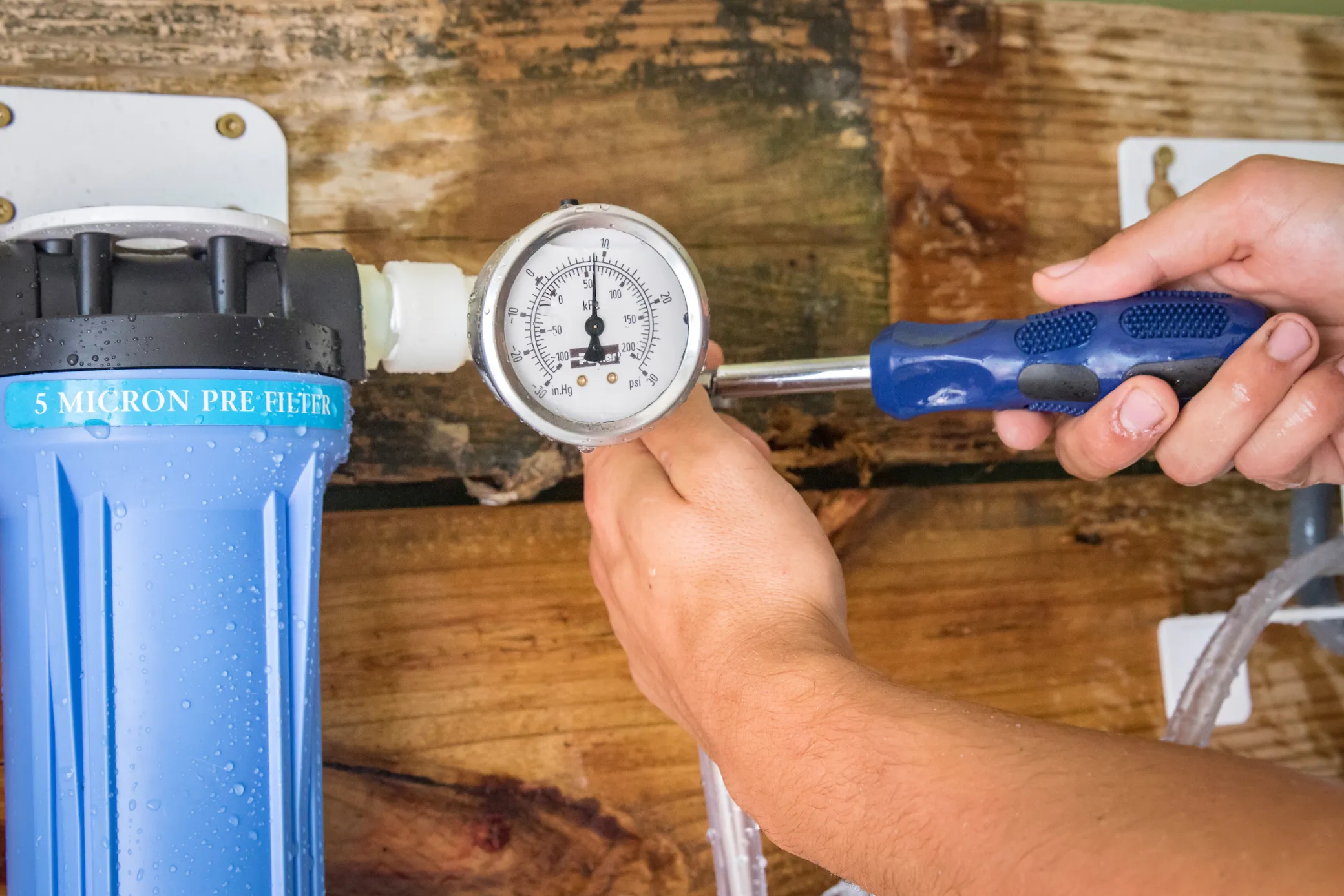
In-House Engineering Experience
Water Mission has built a strong team of in-house engineers who specialize in standardized design, installation, and operations and maintenance (O&M) of large-scale safe water systems. This expertise ensures that systems are tailored to local conditions and are optimized for long-term performance. With engineers involved in every phase of the project—from assessment and design to ongoing operation—Water Mission can guarantee the technical quality of water systems and provide solutions that are durable, climate-resilient, efficient, and context-appropriate.
Examples of Safe Water Solutions
Water Mission implements the best technology available to serve unique safe water needs in different situations. The following are just a few examples of our work.

Solar-Powered Pumping
Electricity is unreliable in many of the communities where we work. Solar energy is an affordable, sustainable solution for water systems in places without consistent power.
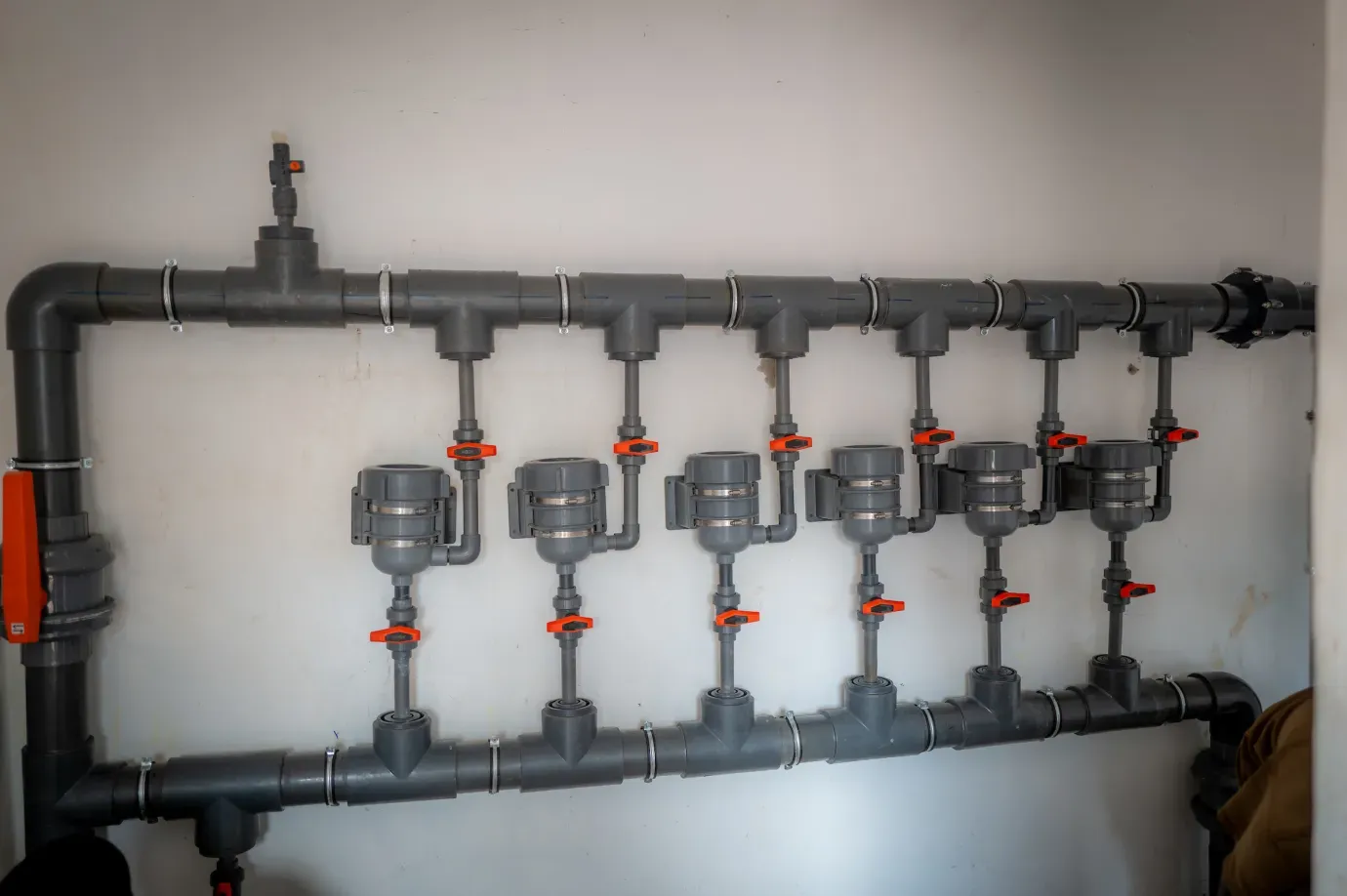
Erosion Chlorinator
The Erosion Chlorinator is Water Mission's own patented water treatment device, used to disinfect water from clear water sources. It requires no electricity, needs minimal maintenance, has low operating expenses, is easily transported, and is simple to operate. It can treat enough water for up to 10,000 people per day.

Remote Monitoring
Monitoring water systems is critical to reliability. Water Mission’s remote monitoring technology transmits data via satellite to cloud-based, asset-mapping software, allowing us to monitor daily water production, water quality, and water levels in the source from which we’re pumping.
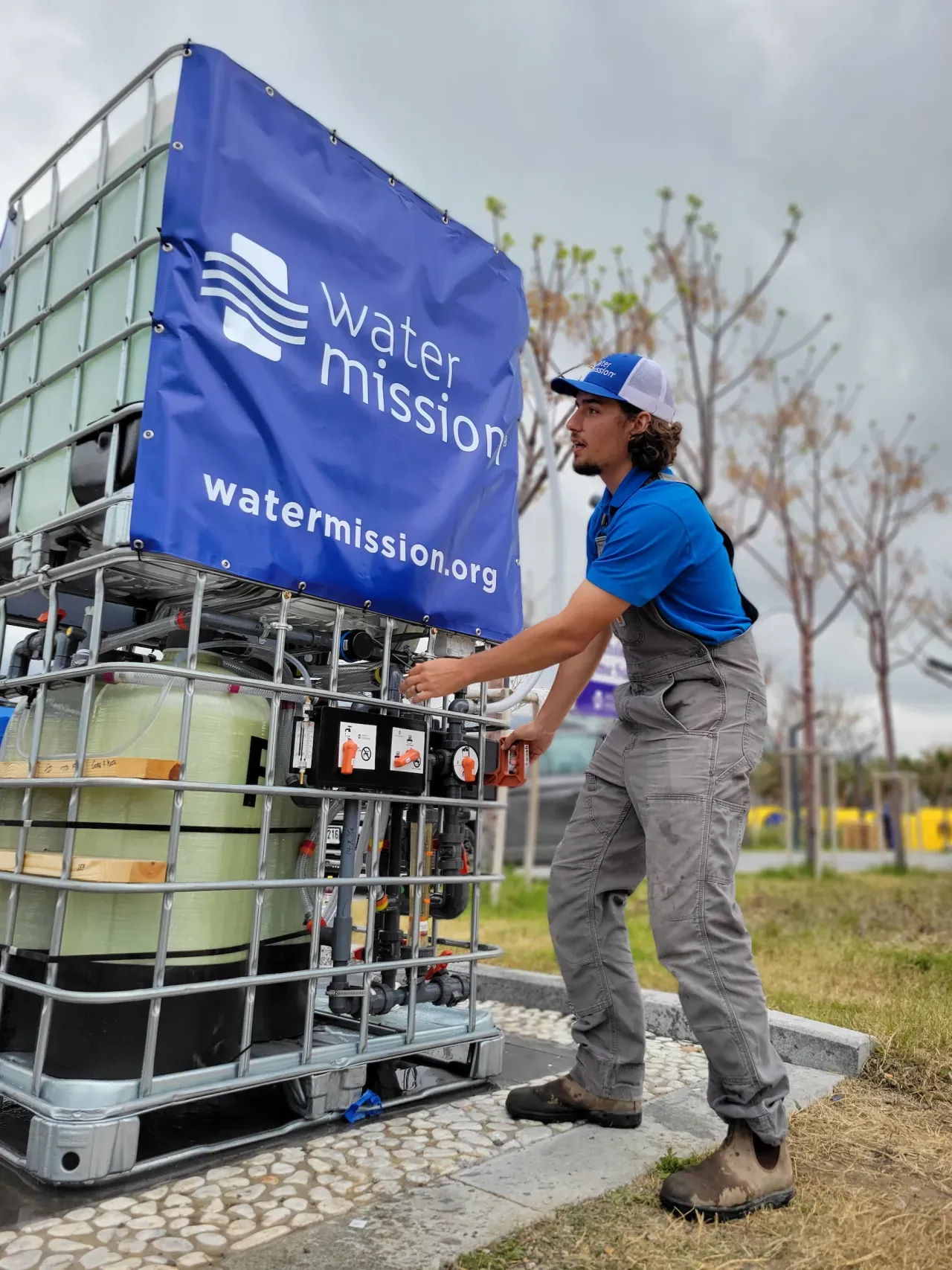
Living Water Treatment System (LWTS)
The LWTS is a compact water treatment plant that filters and disinfects water to make it safe. It is engineered for quick deployment and sustainable, long-term operation. It is rugged, simple to operate, and easy to transport—especially in disaster areas. One LWTS can treat more than 10,000 gallons of water daily.
WASH Engineering Expertise
To learn more about our WASH engineering expertise, view Water Mission's Capacity Statement
Stories About Our Engineering Approach
